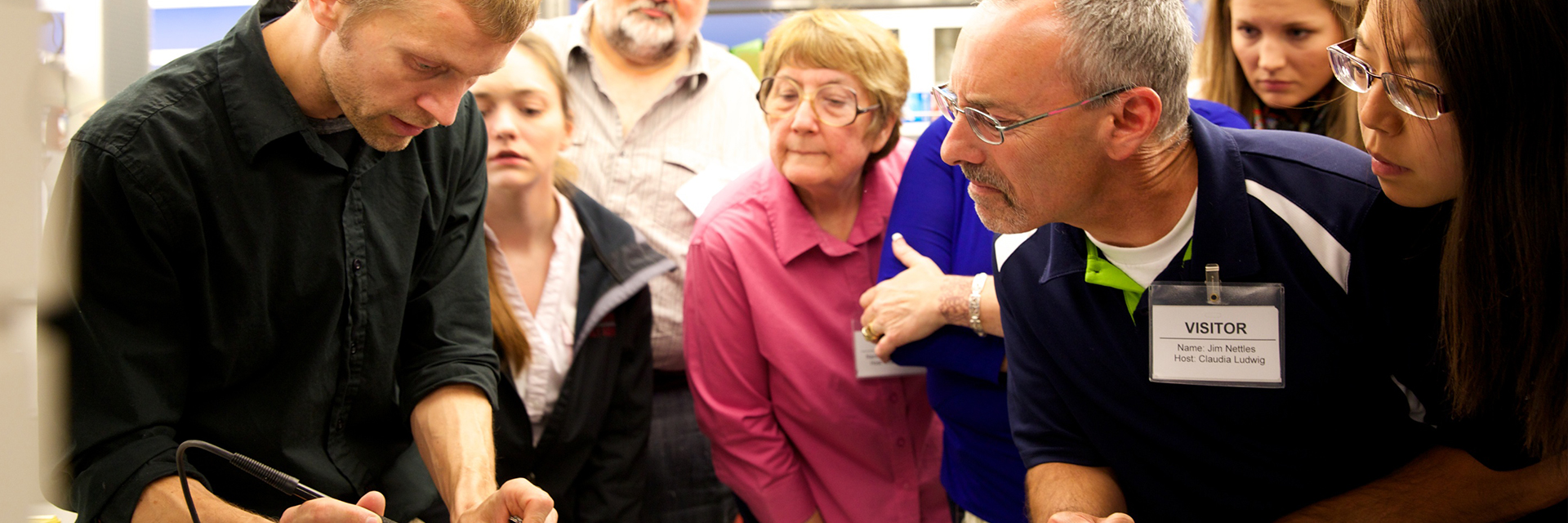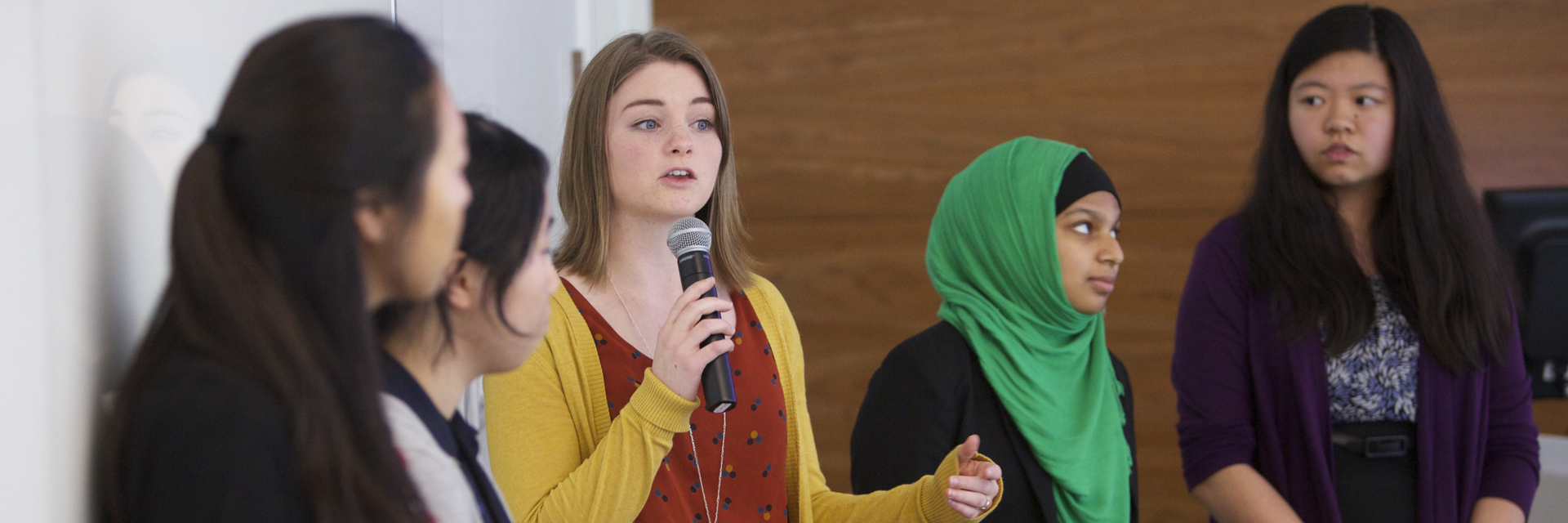
FREE Summer Systems Science Workshop for Science, Math and CTE Teachers
Back by Popular Demand – A full 5 day workshop to learn about implementing systems science in your classroom! Teacher Testimonial about the 2013 Workshop: “…the best teacher workshop I have ever been to, and I’m generally very critical of these things. The summer workshop was such an eye opener and the students have been so engaged, I have nothing but positive things to say about it!” – George Bechara, Harry…

Join us for a full summer of lab and curriculum work!
Posted: March 14, 2014 The Baliga Lab at the Institute for Systems Biology (ISB) is currently hiring two high school teachers to work full time for approximately 8 weeks during the summer of 2014. Since 2004, the Baliga Lab has joined teachers with researchers, engineers, programmers, and student interns to develop standards-, research- and inquiry-based education modules for science classrooms that bring exciting new scientific concepts and techniques to high…

FREE Summer Workshop for High School Science and CTE Teachers
Have you ever wondered… …what’s happening in current research labs? …what systems biology really is? …what STEM professionals do? …how people become STEM professionals? Have you ever wondered how you can EASILY incorporate… …interdisciplinary, hands-on science in your high school classroom? …systems science AND systems thinking into your high school curriculum? Then this workshop is for you! We invite you to join us for 5 days to: Learn about systems…

Baliga Lab Receives Two MJ Murdock Awards
The Baliga Lab at the Institute for Systems Biology (ISB) is the winner of two grants in the amounts of $15,000 each from the MJ Murdock Charitable Trust for its 2013 Partners In Science Program. Each of these two year grants will enable two high school teachers to collaborate with scientists in conducting research projects in ISB‘s laboratories. ISB’s faculty and research scientists will work in tandem with the teachers…

Teacher Background Information – Ecological Networks
The Great Salt Lake is an interesting ecosystem to study due to the organisms that inhabit this saline environment and due to the impact humans have had on this ecosystem. In 1952, a causeway was built to replace an existing railroad trestle. Unlike, the previous trestle, the new causeway does not allow circulation of water between the two sides of the Great Salt Lake.

Cool Finds and Resources – Ocean Acidification
Below is a compilation of general resources on ocean acidification and systems level studies. Some of these resources are directly used in this curriculum module, but most are for your reference. While we do not endorse all items listed below, they have been referred to us by educators.
Cadie Buckley
“The Systems Education Experiences inquiry-based learning curriculum fits perfectly with my teaching philosophy, and has the potential to empower scientists, students, educators and citizens to approach and resolve complex problems facing their communities.”
– Cadie Buckley, University of Washington, Seattle, WA
Amanda Cope
“These kits have been very well designed so that teachers can fit the modules into their own curriculum and use the given modification to help meet their own unique student learning needs. . . They also allow me the ability to make sure that my students are experiencing inquiry and making connections while working with real world situations.”
– Amanda Cope, Leaders in Learning High School, Monroe, WA
Layout Test
Introduction: In this activity, the students will be introduced to the fascinating world of extremophiles. The students will brainstorm questions and research these unique organisms. In the following lesson, students will be presented with a real life example of an event that affected the Great Salt Lake ecosystem, the building of a causeway. Based on observations of this phenomenon, students will generate hypotheses about factors affecting the growth of one…
Testing Tab Method
Instructional Activities Assessment Messages Settings Instructional Activities: As a pre-module homework assignment, you can have students access this short article on new techniques to measure brain activity. This article specifically discusses brain neurology as a system and the need for novel ways to “see” into it. Taken from August 2011 HHMI Bulletin, vol. 24, No.3 “Let’s Get Small“ by Helen Fields. Warm-up: Pass out a pre-assessment worksheet: Pre-assessment document. Encourage…


